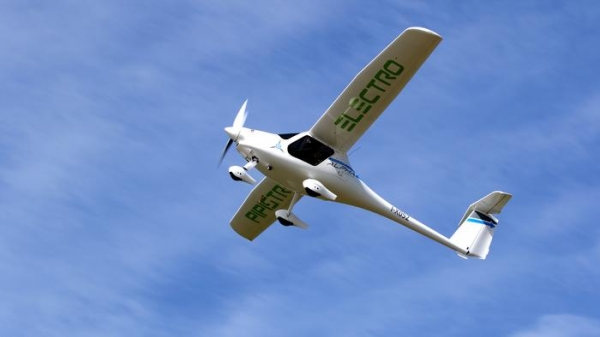Researchers at Chalmers University of Technology, Sweden, have performed the world's first life cycle assessment (LCA) of an existing, two-seater, all-electric aircraft, with a direct comparison to an equivalent fossil fuel-powered one.
Researchers at Chalmers University of Technology, Sweden, have performed the world's first life cycle assessment (LCA) of an existing, two-seater, all-electric aircraft, with a direct comparison to an equivalent fossil fuel-powered one. According to the study, after just one quarter of the expected lifespan of the electric aircraft, the climate impact is lower than that of the fossil fuel-based aircraft, provided that green electricity is used. The downside, however, is increased mineral resource scarcity.
Aviation has grown considerably in recent decades and accounts for approximately 2 percent of global carbon dioxide emissions and some 4 percent of all climate change impacts annually. While aviation is an important contributor to climate change and other environmental problems, electrification is one option for reducing these environmental impacts. The first electric aircraft are already in operation today and are mainly small planes used for pilot training and short flights in the immediate area. This is the type of plane that was studied in the life cycle assessment.
“In the short-term future, battery-powered electric aircraft will probably mostly be used for shorter distances, such as what in Norway is called "fjord-hopping", meaning shorter flights between deep fjords. In a larger perspective, the study shows that battery-powered electric aircraft have the potential to significantly reduce environmental impacts of aviation”, says Rickard Arvidsson, the lead author of the study from Chalmers.
Read More: Chalmers University of Technology
Photo Credit: Chalmers University of Technology | Daniel Karlsson




